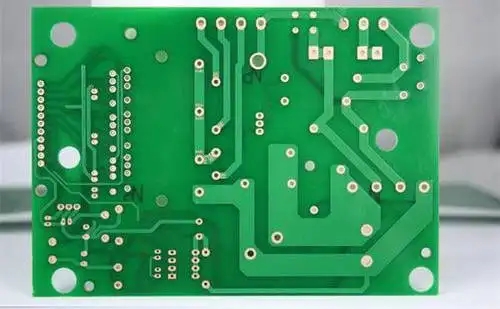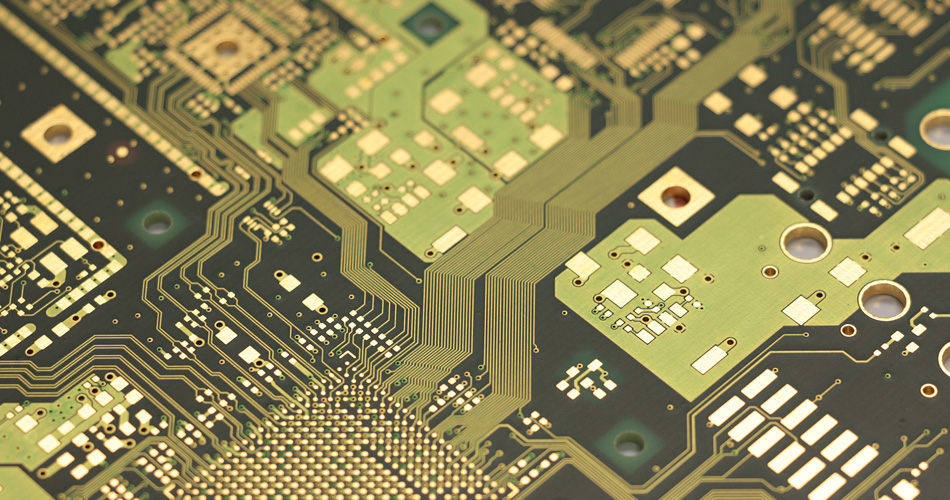
Differences between laser welding and reflow welding in PCBA processing
As all kinds of electronic products begin to tend to miniaturization, the application of traditional welding technology in various new electronic components has a certain test. In order to meet the market demand, among the welding technology, it can be said that the technology is constantly improved and the welding methods are more diversified. In this paper, we choose the traditional welding methods of reflow welding and innovative laser welding methods for comparison, which can more clearly see the convenience of technical innovation.

Introduction to reflow soldering
The most obvious difference between reflow soldering and traditional wave soldering is that in traditional wave soldering, the lower part of PCB is completely immersed in liquid solder, while in reflow soldering, only some specific areas are in contact with solder. In the welding process, the position of the solder head is fixed, and the manipulator drives the PCB to move in all directions. Flux must also be pre coated before welding. Compared with wave soldering, the flux is only applied to the lower part of the PCB to be welded, not the entire PCB.
The reflow soldering adopts the mode of first coating the flux, then preheating the circuit board/activating the flux, and then welding with the welding nozzle. The traditional manual soldering iron requires point-to-point soldering for each point of the PCB, so there are many welding operators. The wave soldering adopts the industrial batch production mode of assembly line. The welding nozzles of different sizes can be used for batch welding. Generally, the welding efficiency is dozens of times higher than that of manual welding (depending on the specific PCB design). Due to the small programmable movable tin cylinder and various flexible welding nozzles (the tin cylinder capacity is about 11kg), some fixing screws and reinforcing ribs under the circuit board can be avoided through program setting during welding to avoid damage caused by contact with high-temperature solder. This welding mode does not require the use of customized welding trays, and is very suitable for multi variety and small batch production.
Reflow soldering has the following obvious characteristics:
● Universal welding carrier
● Nitrogen closed-loop control
● FTP (File Transfer Protocol) network connection
● Optional dual station nozzle
● Flux
● Preheating
● Cooperative design of welding three modules (preheating module, welding module, circuit board transmission module)
● Flux spraying
● Wave crest height band calibration tool
● GERBER (data input) file import
● It can be edited offline
In the soldering of through hole component circuit boards, reflow soldering has the following advantages:
● High production efficiency and high degree of automatic welding during welding
● Precise control of flux spraying position and amount, microwave peak height and welding position
● It can protect the microwave peak surface with nitrogen; Optimization of process parameters for each solder joint
● Quick replacement of nozzles of different sizes
● Technology combining fixed-point welding of single welding point and sequential row welding of through-hole connector pins
● The degree of "fat" and "thin" solder joint shape can be set as required
● Various preheating modules (infrared, hot air) and preheating modules added above the board can be selected
● The electromagnetic pump is maintenance free
● The selection of structural materials is completely suitable for the application of lead-free solder
● Modular structure design reduces maintenance time
Introduction to laser welding
The light source of green laser welding adopts laser light-emitting diode, which can be accurately focused on the solder joint through the optical system. The advantage of laser welding is that it can precisely control and optimize the energy required for welding. It is applicable to selective reflow soldering process or connectors using tin wire. For SMD components, it is necessary to spot paint solder paste before welding. The welding process is divided into two steps: first, the solder paste needs to be heated, and the solder joints are also preheated. After that, the solder paste used for welding is completely melted, and the solder completely wets the pad, finally forming the welding. The laser generator and optical focusing component are used for welding, with high energy density, high heat transfer efficiency and non-contact welding. The solder can be solder paste or tin wire, which is especially suitable for welding solder joints in narrow spaces or small solder joints with low power, saving energy.
Laser welding features:
● Multi axis servo motor board card control, high positioning accuracy
● The laser spot is small, which has obvious welding advantages on small size pads and spacing devices
● Non contact welding, no mechanical stress and electrostatic risk
● Wuxi slag, reducing flux waste and low production cost
● Rich types of weldable products
● Multiple choices of solder
Advantages of laser welding:
For the ultra-fine and small electronic substrate and multi-layer electrical assembly parts, the "traditional process" has been unable to apply, which has promoted the rapid progress of technology. It is not applicable to the processing of ultra small parts by traditional soldering iron method, and is finally completed by laser welding. "Non contact welding" is the biggest advantage of laser welding. There is no need to touch the substrate and electronic components at all, and it will not cause a physical burden to provide soldering tin only through laser irradiation. Effective heating with blue laser beam is also a major advantage. It can irradiate the narrow parts that can not be accessed by the soldering head and when there is no distance between adjacent components in dense assembly, the angle can be changed. Solder head needs to be replaced regularly, while laser welding requires few parts to be replaced, so the maintenance cost is low.







